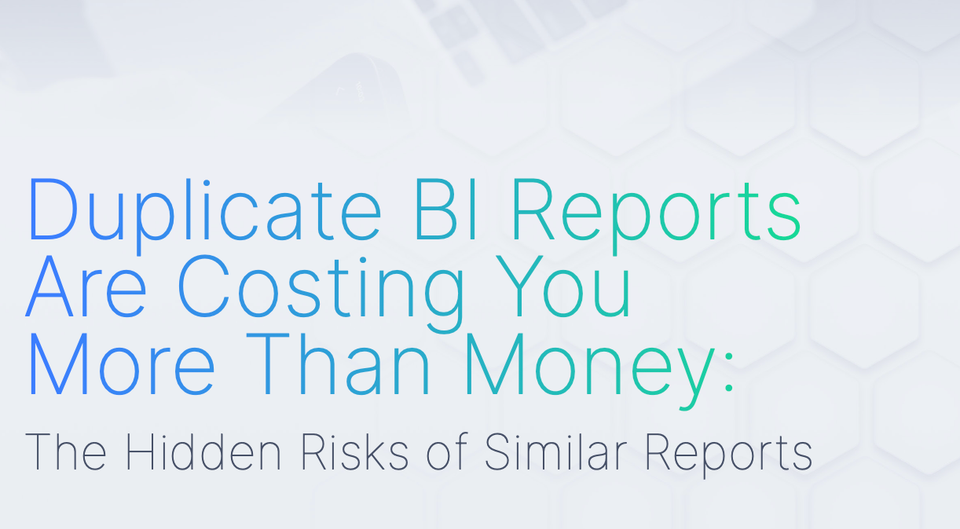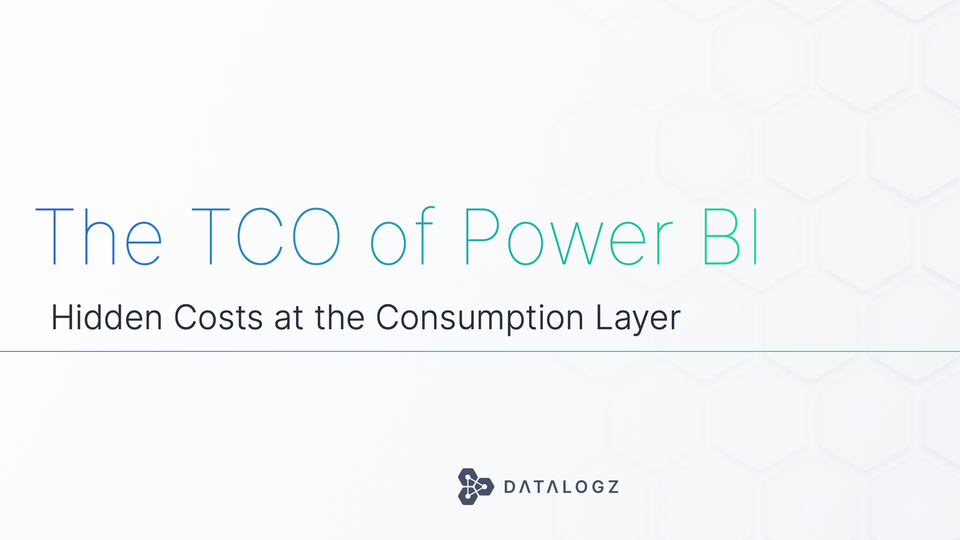Data Dive #12: Harnessing the Power of Prescriptive Analytics in Business Intelligence⚡
Learn how businesses can leverage advanced tools and technologies to predict future outcomes and receive actionable recommendations with prescriptive analytics in BI.

In the ever-evolving landscape of data analytics, businesses are constantly seeking ways to leverage data to drive decision-making and strategic planning. The integration of prescriptive analytics into Business Intelligence (BI) systems is a trend that is gaining significant traction. This powerful combination offers businesses the ability to not only understand their past and present performance but also to predict future outcomes and recommend optimal actions.
Prescriptive analytics, the final frontier in the analytics spectrum, goes beyond descriptive and predictive analytics. While descriptive analytics focuses on what has happened and predictive analytics on what could happen, prescriptive analytics takes it a step further. It uses advanced tools and technologies, such as machine learning and artificial intelligence, to suggest actions that can shape the future. In essence, prescriptive analytics provides decision-makers with advice on what action to take to achieve a particular goal or mitigate a potential risk.
In the context of BI, prescriptive analytics can be a game-changer. BI systems traditionally focus on delivering insights from data through reporting, dashboards, and data visualization. By integrating prescriptive analytics, these systems can provide actionable recommendations based on these insights. This allows businesses to make data-driven decisions that are proactive rather than reactive.
For instance, consider a retail business that uses a BI system to track sales, inventory, and customer behavior. With prescriptive analytics, the system could recommend the optimal pricing for products based on predicted demand, suggest the best time to replenish stock, or even advise on personalized marketing strategies for different customer segments. These recommendations are based on a comprehensive analysis of historical data, real-time data, and predictive models.
The benefits of integrating prescriptive analytics into BI are manifold. First, it enhances decision-making by providing actionable recommendations based on reliable data and sophisticated algorithms. This reduces the reliance on gut feeling or intuition, leading to more accurate and effective decisions.
Second, it improves efficiency. By providing recommendations for action, prescriptive analytics can help businesses optimize their operations, reduce costs, and increase profitability. For example, it can help identify the most cost-effective supply chain routes or the most efficient use of resources in a production process.
Third, it enables proactive risk management. Prescriptive analytics can predict potential risks and suggest measures to mitigate them. This can be particularly useful in areas such as cybersecurity, where it can recommend actions to prevent potential security breaches.
However, implementing prescriptive analytics in BI is not without challenges. It requires a robust data infrastructure, advanced analytical skills, and a culture of data-driven decision-making. Moreover, the recommendations provided by prescriptive analytics are only as good as the data and models they are based on. Therefore, businesses need to ensure the quality and accuracy of their data and continually refine their models to reflect changing business conditions and environments.
Datalogz is the first-of-its-kind BI Ops platform that provides visibility into BI environments, enabling organizations to instantly cut costs, reduce risks, and increase BI efficiency. It plugs into the metadata and logs from BI tools to instantly identify and recommend solutions for duplication, misreporting, inefficient queries, anomalies in usage, and unwanted costs - creating a robust foundation for your organization to benefit from prescriptive analytics.
In conclusion, the integration of prescriptive analytics into BI systems offers businesses the opportunity to transform their decision-making processes, improve efficiency, and proactively manage risks. While the implementation may be challenging, the potential benefits make it a worthwhile investment for businesses seeking to gain a competitive edge in today's data-driven world.




